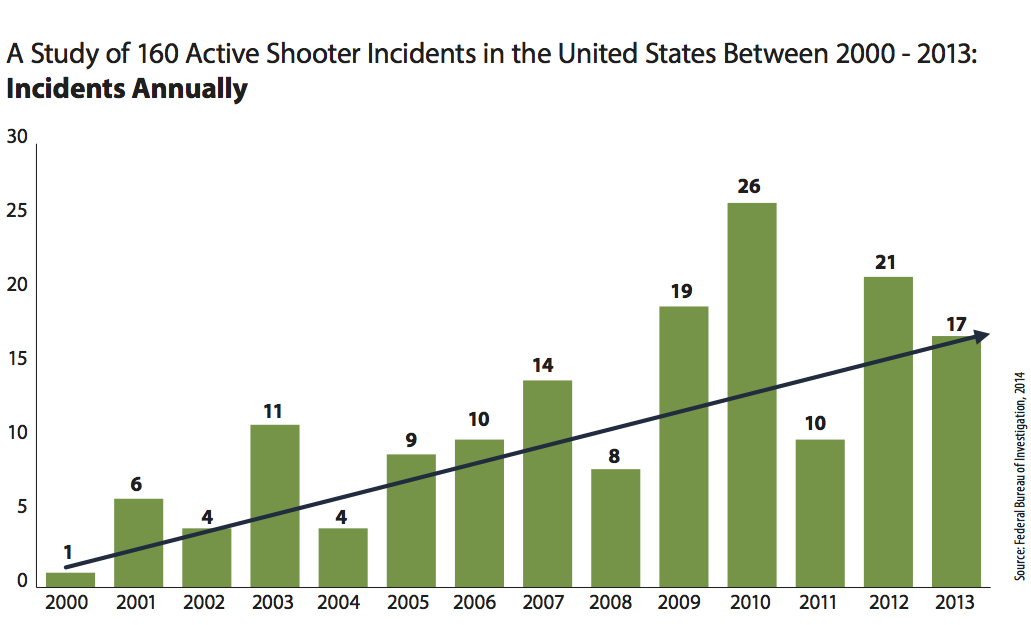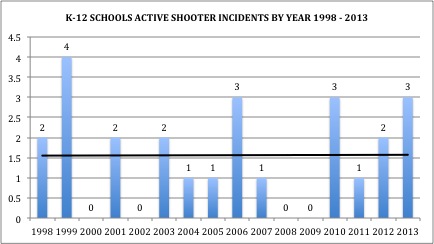Edged Weapon Attack
Griffith Middle School in Los Angeles was the scene of an edged weapon attack on Friday, January 23. The alleged attacker was 13 years old, while his victim was a 14-year-old student at Garfield High School. The victim died from his wounds.
The victim had stopped by the middle school to see some friends when the attacker stabbed him with a pair of scissors. The victim was taken to the hospital where he was pronounced dead.
The police alleged that the 13-year-old attacker was a gang member. When he approached the victim, he asked the victim where he was from, which police say is a tactic used by gangs to challenge a suspected rival.
Lessons Learned for Schools
This story has two areas of concern: edged weapons attacks and gang proliferation.
As seen in the story above, an edged weapon attack can involve things other than knives. School staff need training on weapons screening, which can provide an indication that someone has a weapon on them and improve a staff member’s situational awareness. The first question people have is, “If they are going to use scissors, how can anyone tell?”
The answer is in the behavior of the individual. The behavior of a person who is going to attack someone is different than the behavior of a normal person. Weapons screening training will help a person learn to recognize the signs.
Schools can also help prevent edged weapon attacks by restricting access to edged weapons while in schools. After thousands of school security audits across the country, analysts frequently find unsecured, accessible edged weapons that students or adults can use in an edged weapon attack.
The attacker being a possible gang member brings in a whole new level to situational awareness. Schools should be able to identify those students who are showing that they are affiliated with a gang. Their manner of dress and appearance can provide clues to gang affiliation, as can specific behaviors. Staff members should be trained in these indicators. Numerous websites are devoted to this, although these cannot replace actual training.
An excellent way to start is to reach out to local law enforcement. They may have people with training and experience.
In no way is this meant as a condemnation of the school for this incident. The fault lay solely on the alleged attacker. However, edged weapon attacks can be prevented and it’s up to schools to do what they can to prevent them.



